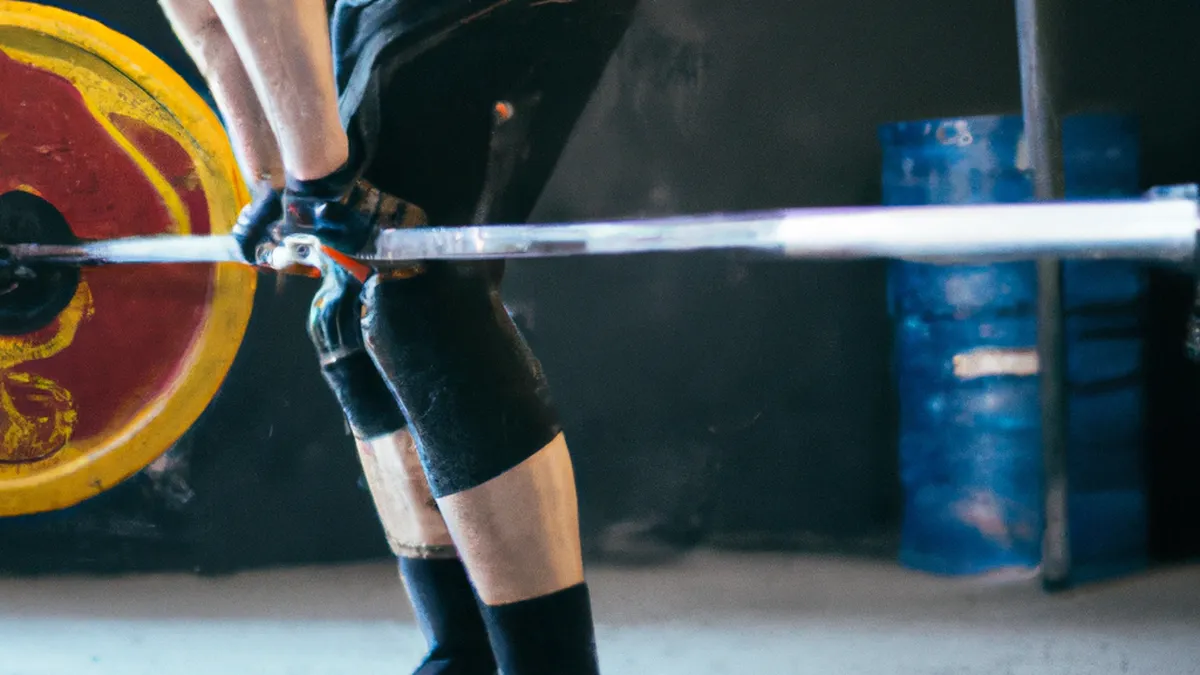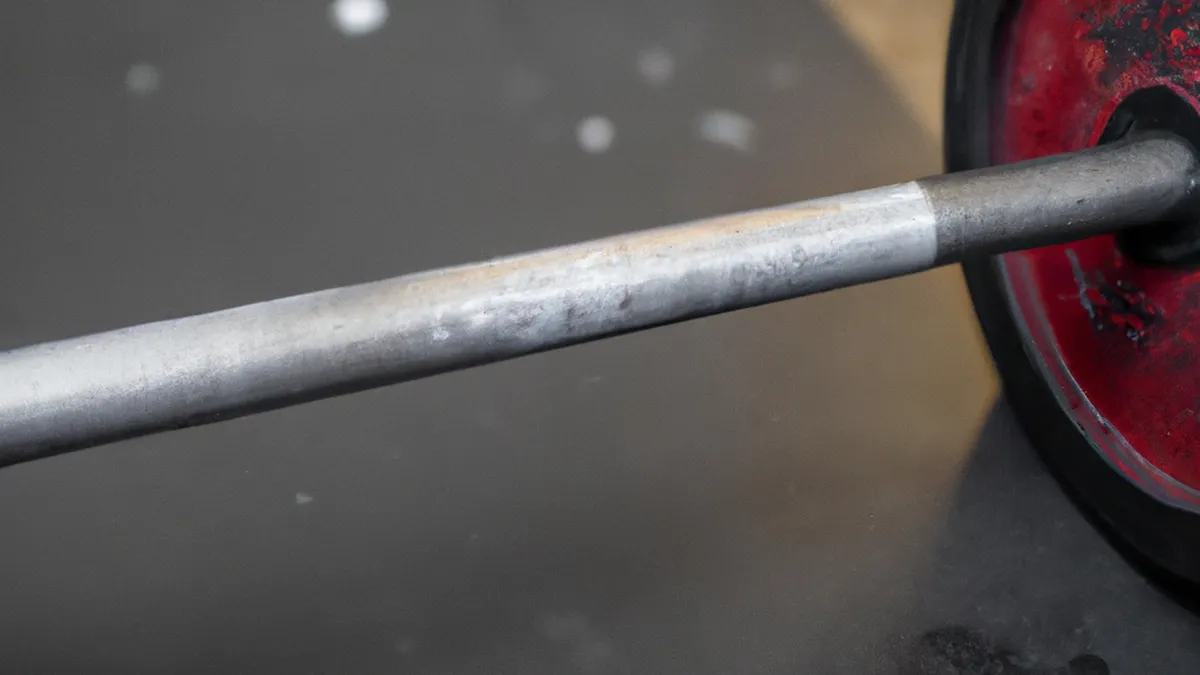Lift Smarter: Invest in a Weightlifting Belt
The Importance of Weightlifting BeltsWeightlifting belts support strength training enthusiasts. They stabilize heavy lifts, enhance performance, and reduce injury risk. This article discusses their importance, selection, usage, and benefits.
What is a Weightlifting Belt?
A weightlifting belt is a wide band worn around the waist. It usually consists of leather or nylon. The belt stabilizes the core during heavy lifts like squats and deadlifts. It supports the lower back and abdomen, enhancing performance. Many lifters use belts, especially when pushing their limits.
The Role of the Core in Lifting
As an Amazon Associate I earn from qualifying purchases.
Gear tip: consider lifting belt, deadlift jack, and kettlebell to support this topic.
Understanding the core’s role in weightlifting is crucial. The core includes abdominals, obliques, and lower back muscles. A strong core maintains proper posture and stability during lifts. When lifting heavy weights, the core stabilizes to prevent injury and ensure effective movement.A belt additionally supports the lifter, allowing focus on the lift rather than core stability. It increases intra-abdominal pressure, supporting the spine for optimal performance.
Tips for Choosing the Right Belt
Choosing the right weightlifting belt impacts your lifting experience. Here are some helpful tips:
1. Material Matters
Weightlifting belts come in leather or nylon. Leather belts offer durability and sturdy support, popular among powerlifters. Nylon belts are flexible, suited for Olympic lifting or functional training. Consider your lifting style when choosing material.
2. Width and Thickness
Most belts measure 4 to 6 inches wide, with varying thicknesses. Thicker belts provide support but may limit mobility. Find a balance between support and comfort. Testing different widths helps determine what feels best.
3. Proper Fit
A weightlifting belt should fit snugly around your waist. It must support your core without being too tight. Adjust your belt for adequate breathing. A well-fitted belt helps maintain proper posture and stability during lifts.
4. Buckle Type
Weightlifting belts feature various buckle types, including prong, lever, and Velcro. Prong belts adjust for a customizable fit. Lever belts offer a quick-release mechanism.
Conclusion
Weightlifting belts enhance performance and reduce injury risk. Select the right belt for your needs, and use it effectively for optimal results.
Below are related products based on this post:
FAQ
What is a weightlifting belt?
A weightlifting belt is a wide band worn around the waist, typically made of leather or nylon. It stabilizes the core during heavy lifts, such as squats and deadlifts, and supports the lower back and abdomen, enhancing overall performance.
How does the core contribute to lifting?
The core, which includes the abdominals, obliques, and lower back muscles, plays a crucial role in maintaining proper posture and stability during lifts. A strong core helps prevent injuries and ensures effective movement, especially when lifting heavy weights.
What should I consider when choosing a weightlifting belt?
When selecting a weightlifting belt, consider the material, width, thickness, proper fit, and buckle type. Leather belts offer durability, while nylon belts provide flexibility. It’s important to find a belt that balances support and comfort for your specific lifting style.















Post Comment